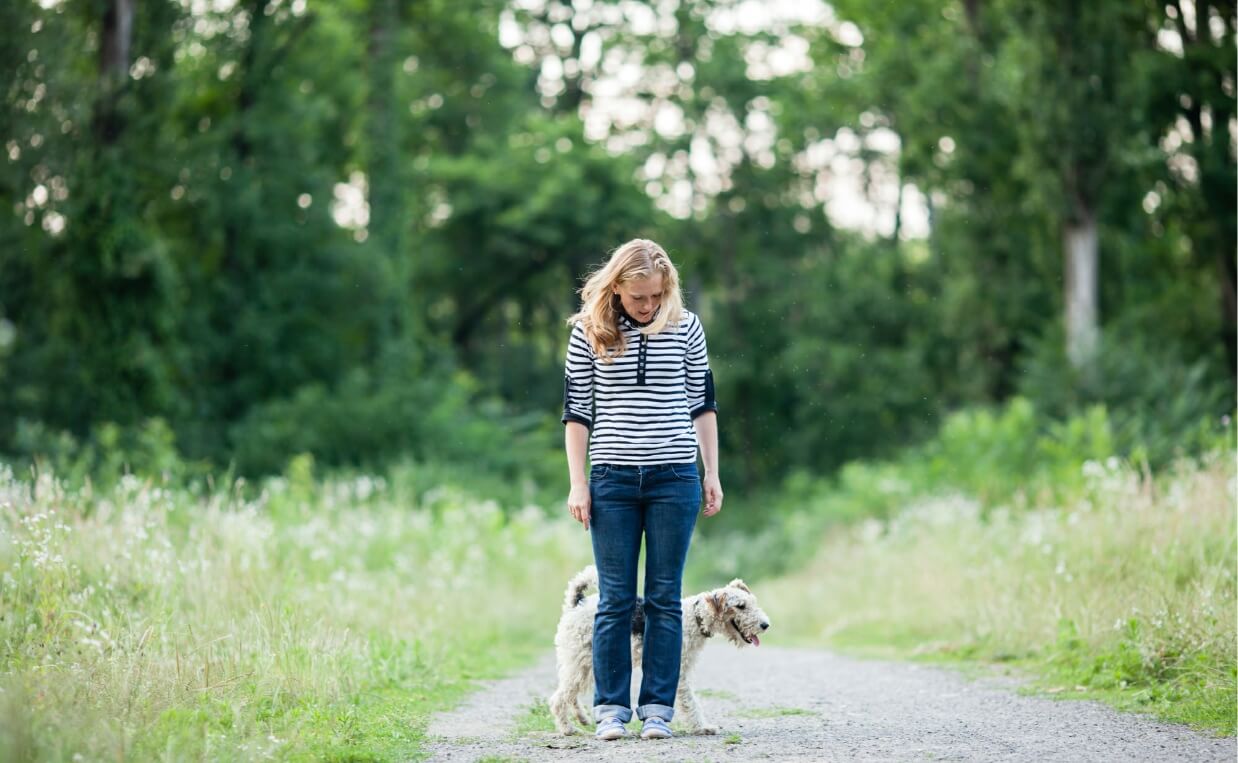
Does your dog watch you constantly and follow you everywhere you go? Have you ever wondered why?
You probably already know dogs are social animals. They live in packs, so it’s natural for them to fit into your family group. Your dog feels most at ease when he or she is with their pack. When you are present, your dog feels safe and secure. When you are absent, your dog feels vulnerable. When your dog is with you, he or she feels calm and at peace.
Is Your Dog a Velcro Dog?
While following you around may be endearing, it can also become tiresome. But even more importantly, a clingy dog may signal a more serious problem. You may have heard the term “Velcro dog”. A Velcro dog never leaves your side; he or she needs to be next to you at all times. A Velcro dog becomes your shadow, a constant companion under your feet. They will even follow you into the bathroom if you allow it.
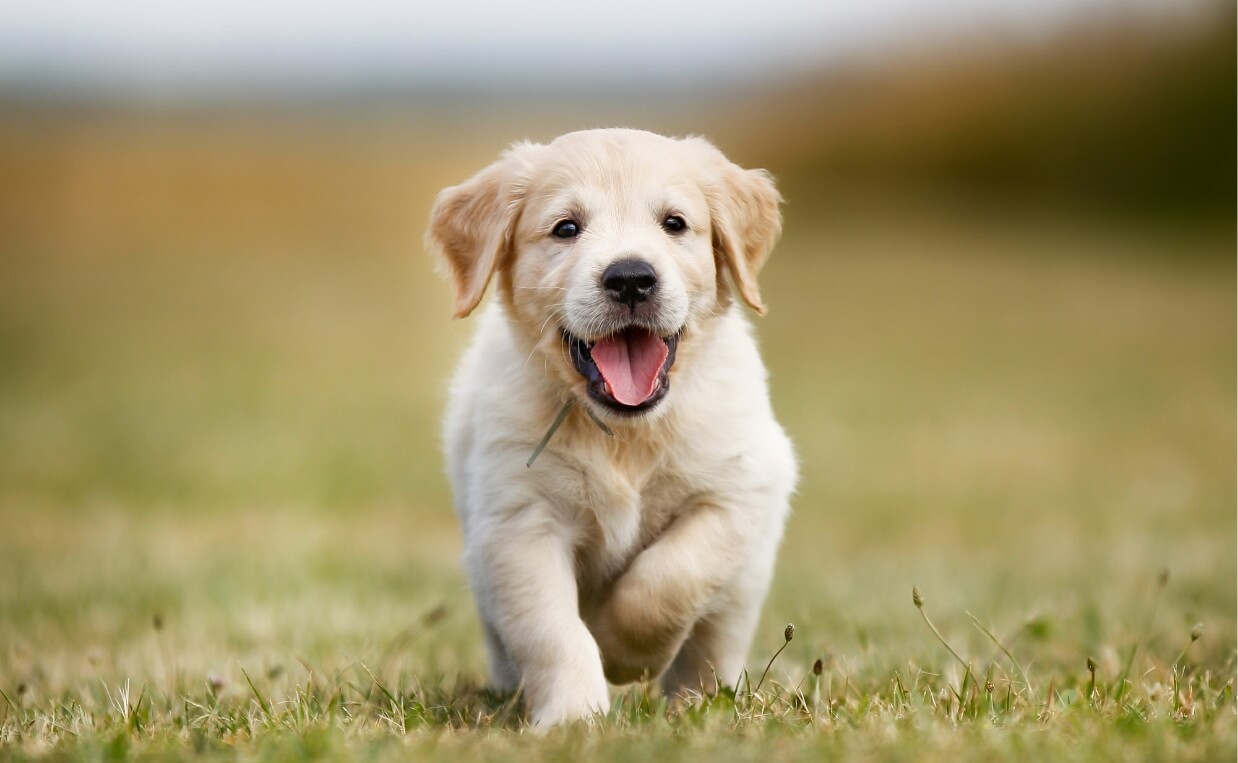
Reasons Your Dog Follows You Around Constantly
There are several reasons why a dog will display overly clingy behavior.
-
Imprinting
Young puppies (up to six months of age) will naturally imprint and bond with their family members, especially those they identify as a leader or “mother”. This is normal behavior in a puppy.
-
Breed
Some breeds are more dependent than others. Some dogs, such as lap dogs, are bred to be companion dogs. Other dogs, such as herding, hunting or sporting dogs, learn to follow cues from their handlers, requiring them to stay close to their humans.
-
Disability or illness
If your dog has a disability or illness, they will be more clingy than a healthy dog because they experience a sense of security when they are close to you.
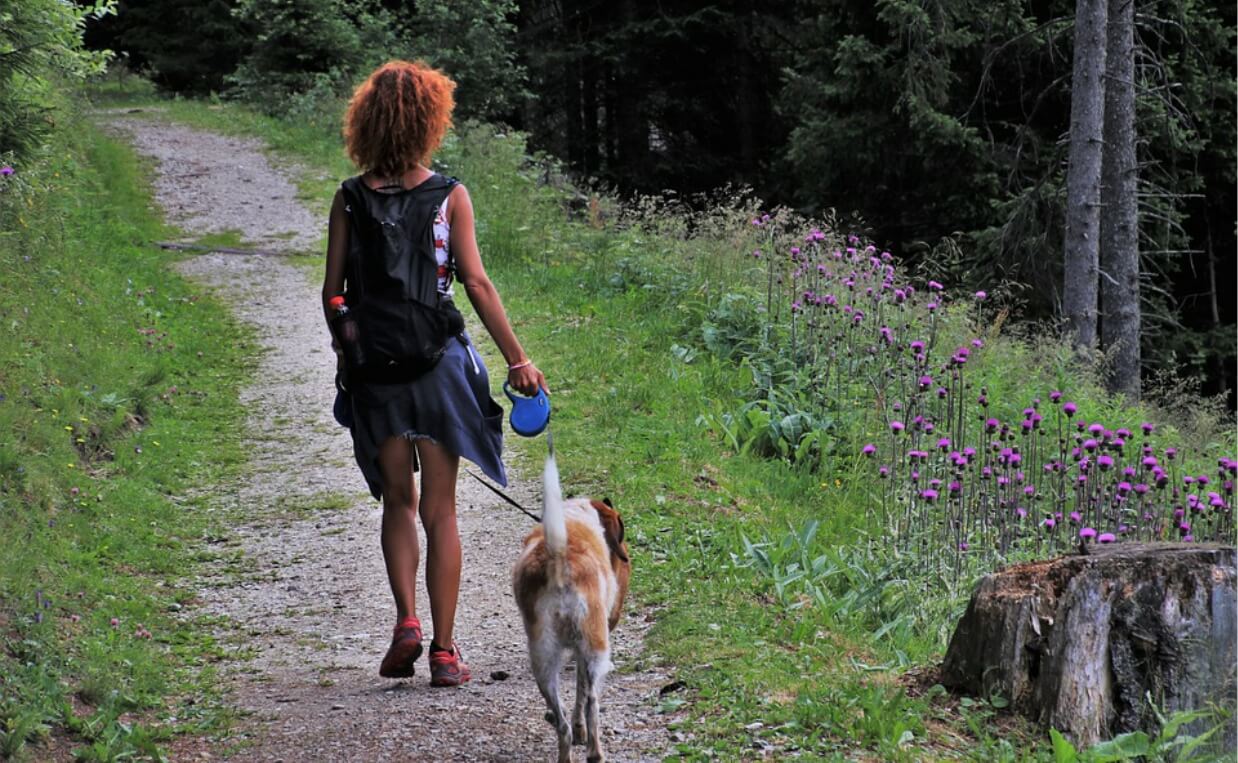
-
Behavior is rewarded
Dogs respond to positive reinforcement. If you reward your dog with attention or treats whenever your dog is close to you, you are sending the signal it is desirable for them to follow you around. If you feel your dog is too clingy, look at how you might be encouraging this behavior. For example, letting your dog sleep in your bed reinforces the idea you want your dog next to you at all times.
-
Boredom
If your dog is bored, he or she will follow you around, hoping you will engage with them. Enrichment is an important part of your dog’s mental health. Lack of enrichment can lead to behavioral problems.
-
Separation anxiety
Dogs are intelligent; they follow your regular habits and may be concerned you are going to leave. For example, if you have a regular routine in the morning before you leave for work, they will recognize when you are getting ready to leave. They follow you around to observe your behavior so they can anticipate what is going to happen next, especially if they are afraid you are going to leave them.
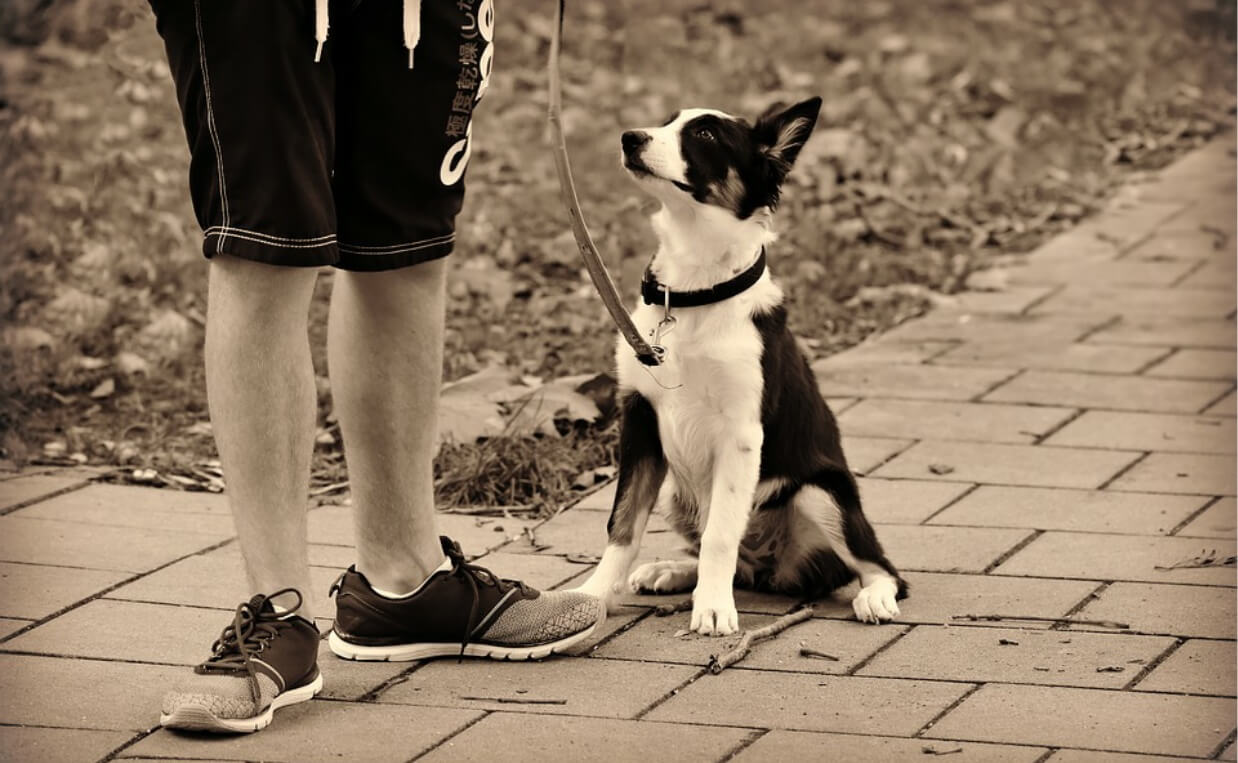
Signs Your Dog Has Separation Anxiety
Separation anxiety can be challenging for dog owners. If a dog isn’t socialized from a young age, separation anxiety can follow as they grow older.
Separation anxiety is triggered when a dog can’t handle being away from their owner. This usually results in destruction around the home and can lead to self-injury, escape and other serious problems.
Common signs of separation anxiety include:
- Urinating or defecating in the house
- Clinginess
- Excessive barking and howling
- Chewing, digging and other forms of destruction
- Escaping from the yard
- Eating feces
- Pacing
- Vomiting and/or diarrhea
There can be other causes of the above symptoms, so be sure to have your dog checked out by your veterinarian before determining these behaviors are caused by separation anxiety.
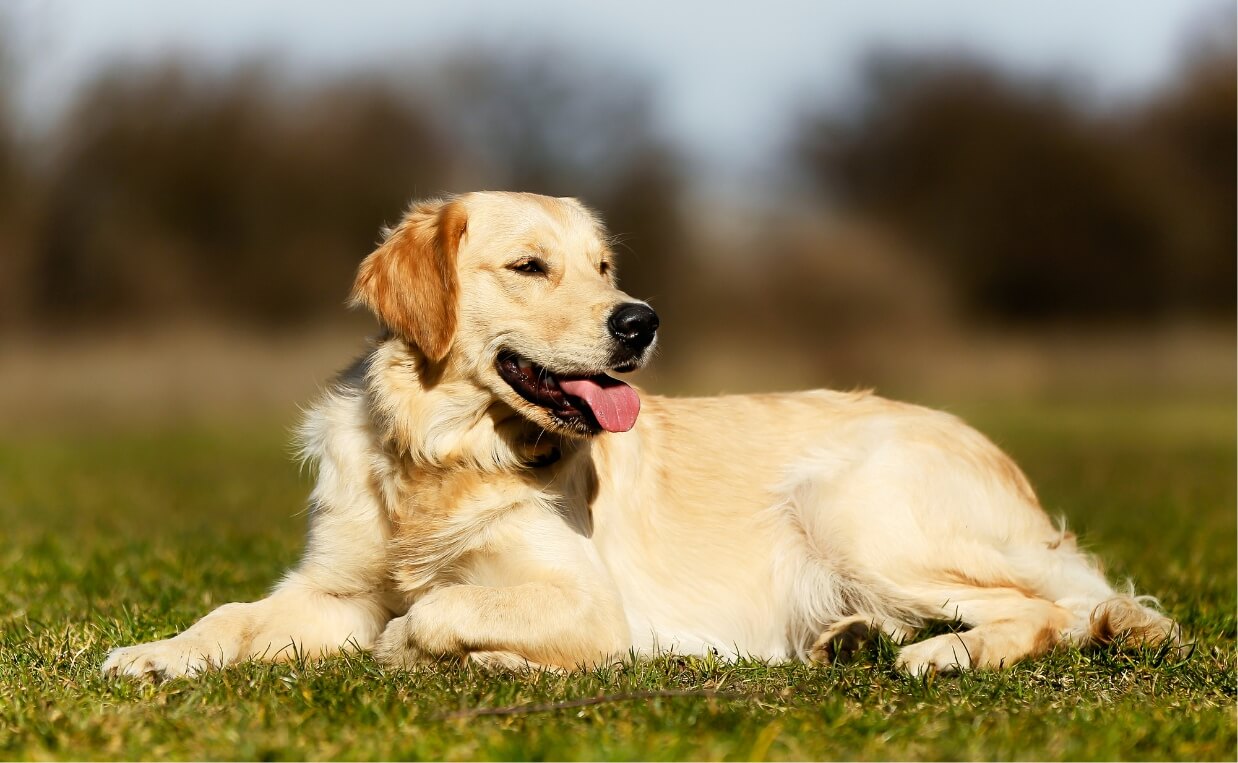
A great way to minimize or eliminate separation anxiety is to enroll your dog in daycare. Dog daycare ensures your dog is socialized with other humans and canines. Daycare is a wonderful experience for dogs. Ultimately, it’s a win-win for both owners and dogs. The key to having a healthy relationship with your dog is to have a dog that loves your attention and being close to you but is fine when you’re not around. If you’re having trouble with your dog’s clingy behavior, consider bringing them to Canine Campus regularly.
Is your dog exceptionally clingy? What strategies have you used to help your dog become more independent?

 Why Do Dogs Pant: Unraveling the Mystery Behind This Canine Behavior
Why Do Dogs Pant: Unraveling the Mystery Behind This Canine Behavior Can Dogs Have Panic Attacks?
Can Dogs Have Panic Attacks? 10 Tips to Help Calm Your Dog Before a Vet Visit
10 Tips to Help Calm Your Dog Before a Vet Visit 10 Tips to Make Moving with Dogs Easier
10 Tips to Make Moving with Dogs Easier Understanding the Meaning Behind Different Sounds Your Dog Makes
Understanding the Meaning Behind Different Sounds Your Dog Makes






Leave a Reply